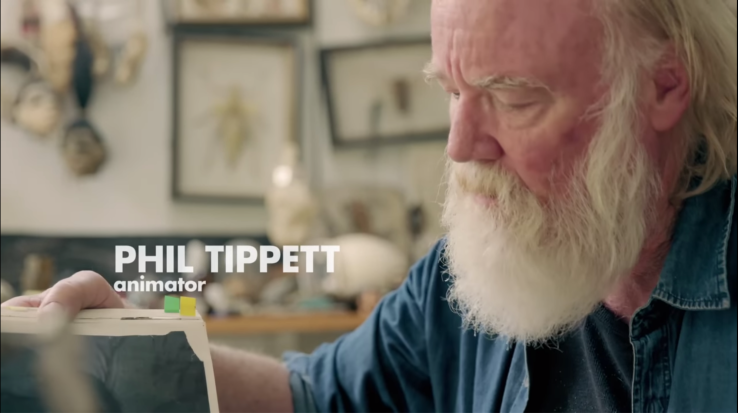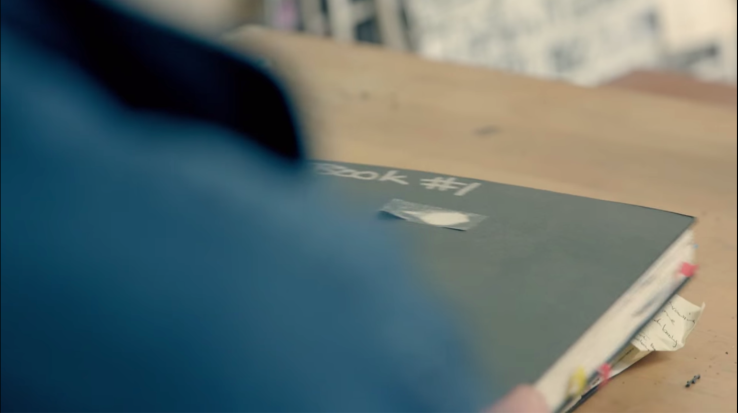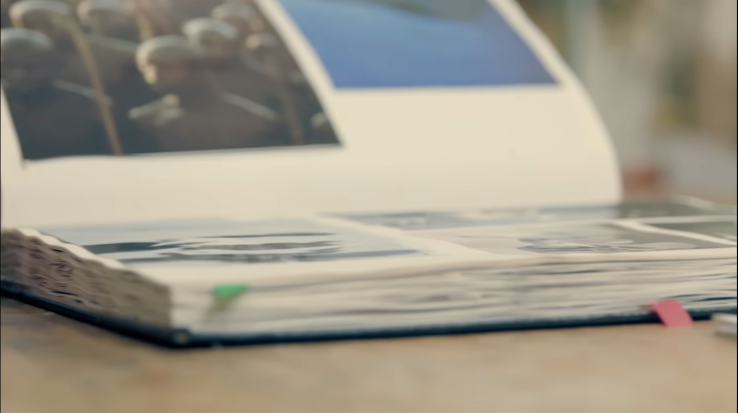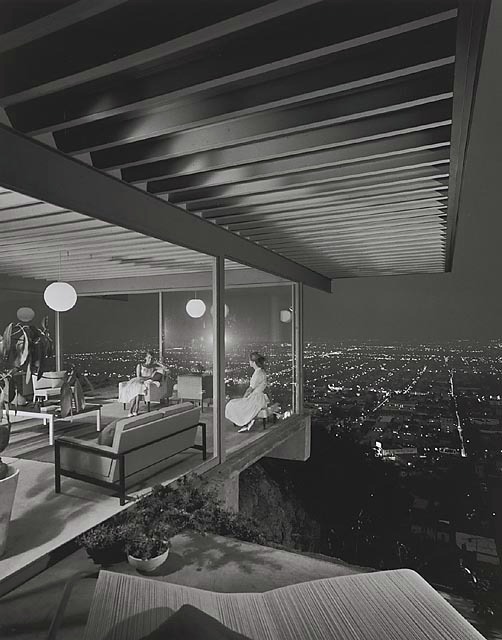Tom Dixon, designer:
It’s putting yourself into unfamiliar worlds that does it, looking at something from a naive perspective. I’m lucky enough to travel a lot. I go to the local museums and like being exposed to the worlds of sculpture or cooking, or music – anything that is not my core area of design.
Richard Quinn, fashion designer:
I like to try to find something that’s not on the internet. I go around lots of old bookshops. There are amazing charity shops in Walthamstow, east London that sell rare, limited editions. I like finding odd, obscure objects, so odd that when you type their name into the internet nothing comes up.
Camille Walala, artist:
I always carry a sketchbook with me, a pencil, some tape, a file with different-coloured paper, and things to collage with. Most of my work is based around graphic elements and colours, and I fill my sketchbooks with patterns and designs that I often refer back to. I love going for a coffee in that hour: I’ll spread out on the table, usually outside; or it might be when I’m travelling, when there is more freedom to be playful.
Tamara Rojo, artistic director, English National Ballet:
I love going to see other art forms, especially theatre, and I’m an obsessive reader, not just of books but everything – magazines, newspapers, Twitter. I also love listening to the radio.
Faye Toogood, designer:
For me, being in nature and in particular the British landscape, with no distraction, is my main source of inspiration. Also, I have three young children, so at the moment I find their naivety and wide-eyed view on the world refreshing and unexpected.
‘Don’t be afraid to make mistakes’: 11 ways to be more creative via The Guardian










